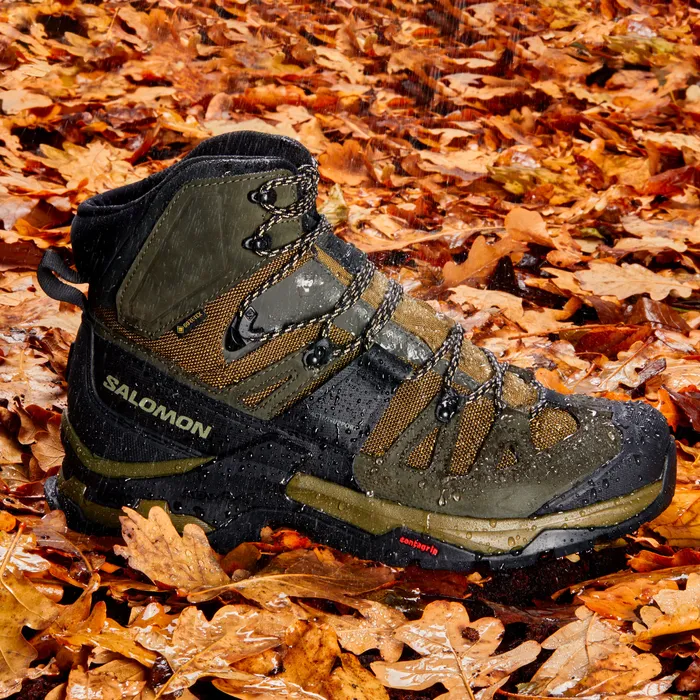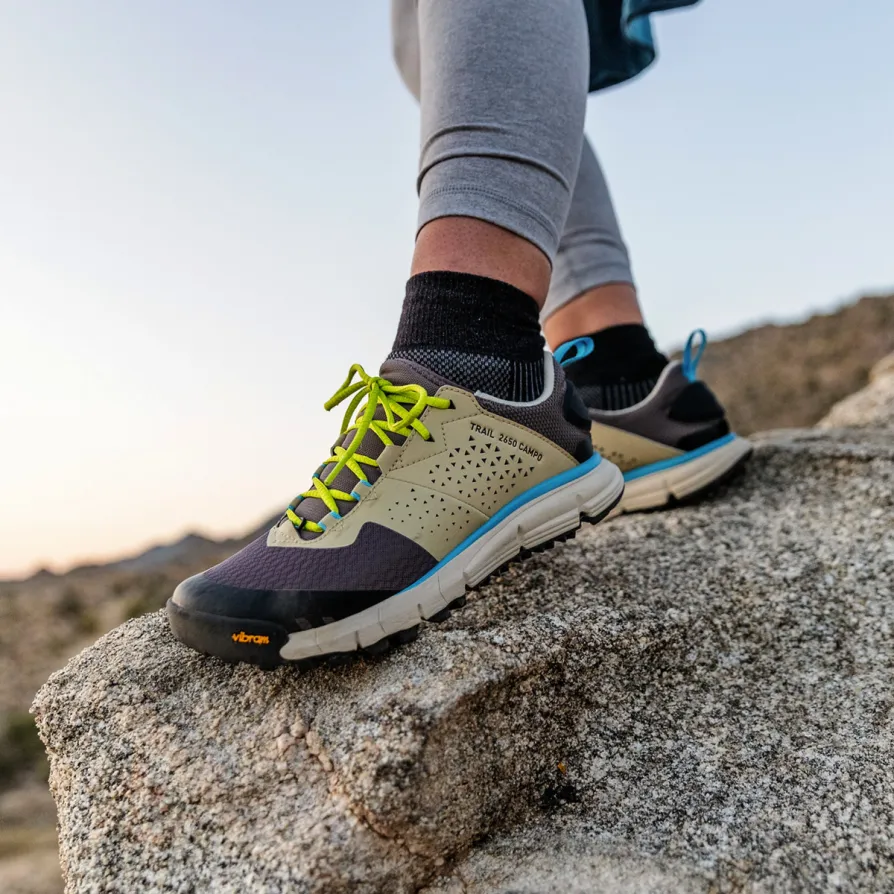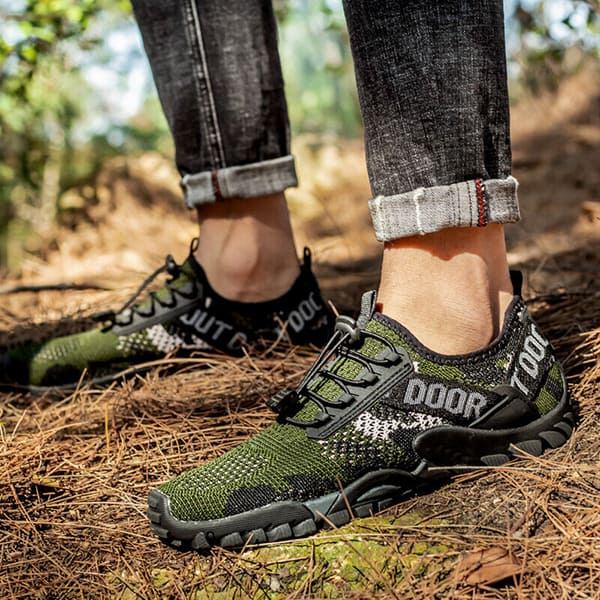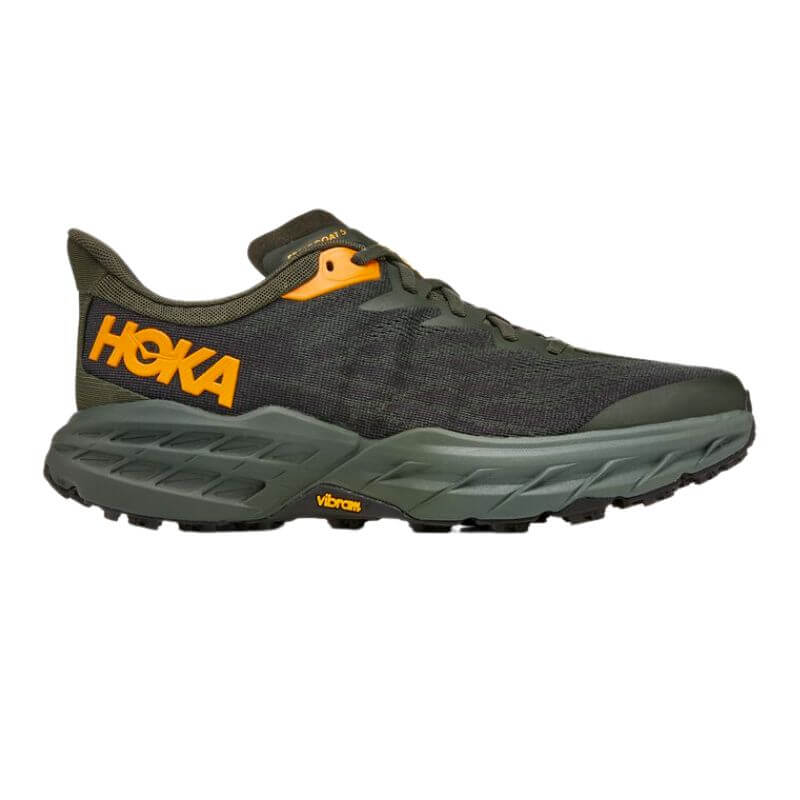I. Understanding the Importance of Light Hiking Shoes

A. Exploring the benefits of light hiking shoes
Light hiking shoes offer a range of benefits to outdoor enthusiasts, providing a balance of comfort, support, and agility. Unlike traditional boots, light hiking shoes are designed to offer a lighter and more flexible alternative for hikers. These shoes are ideal for day hikes, fast-packing, and trails with predictable terrain. The benefits include reduced foot fatigue, increased agility, and improved breathability compared to heavier footwear options.
B. Factors to consider when selecting light hiking shoes
When selecting light hiking shoes, several factors should be considered to ensure they meet the specific needs of the hiker and the anticipated terrain. Factors such as fit, support, flexibility, and durability are crucial to the overall performance and comfort. Additionally, understanding individual preferences, such as toe box room, arch support, and cushioning, is essential when choosing the right pair of light hiking shoes.
C. Different types of terrain suitable for light hiking shoes
Light hiking shoes are well-suited for various terrains, making them a versatile option for outdoor enthusiasts. They are especially beneficial for well-maintained trails, day hikes, and fastpacking adventures. Light hiking shoes excel on compacted trails, rocky surfaces, and dry or moderately wet conditions. However, they may not provide the same level of support and protection required for more challenging terrains, such as rugged mountain trails or extremely muddy and wet conditions.
II. Essential Features of Light Hiking Shoes

A. Weight and flexibility as key considerations
One of the primary attributes of light hiking shoes is their weight and flexibility. These shoes are designed to minimize the overall weight on the hiker’s feet, offering a more nimble and agile experience on the trail. The flexibility of light hiking shoes provides natural foot movement, enhancing comfort and reducing the risk of fatigue during extended periods of hiking.
B. Breathability and waterproofing for varying conditions
Breathability and waterproofing are essential features of light hiking shoes, ensuring comfort and protection in varied weather conditions. Breathable materials, such as mesh and lightweight synthetic fabrics, help manage moisture and promote ventilation, keeping the feet cool and dry during warm weather. In contrast, waterproof technologies, such as Gore-Tex membranes, provide protection from rain, splashes, and wet trail conditions, ensuring the feet remain dry and comfortable.
C. Grip and traction for stability
Grip and traction are crucial aspects of light hiking shoes, providing stability and confidence on the trail. The outsole design, including lug patterns and rubber compounds, influences the shoe’s ability to grip different surfaces. Whether navigating rugged terrain, loose gravel, or rocky trails, the grip and traction of light hiking shoes play a vital role in minimizing slips and falls, especially in challenging or unpredictable trail conditions.
III. Selecting the Right Material for Light Hiking Shoes
A. Advantages and characteristics of synthetic materials
Synthetic materials offer numerous advantages that make them a popular choice for light hiking shoes. These materials are lightweight, quick-drying, and often more affordable than natural alternatives. Synthetic hiking shoes are also known for their breathability, making them ideal for warm weather hikes and situations where moisture management is crucial. Additionally, many synthetic materials are vegan-friendly, appealing to hikers with ethical and environmental considerations.
B. Benefits and considerations of leather materials
Leather has long been a staple material in hiking shoe construction, renowned for its durability, support, and water-resistance. Full-grain leather provides exceptional protection from abrasions and natural elements, making it well-suited for rugged terrains and unpredictable weather conditions. Additionally, leather molds to the shape of the foot over time, offering a personalized and supportive fit. However, it’s essential to note that leather may require more extensive break-in periods and maintenance compared to synthetic alternatives.
C. Innovative sustainable and eco-friendly materials
As environmental consciousness continues to grow within the outdoor industry, there is a rising emphasis on sustainable and eco-friendly materials for light hiking shoes. Innovations such as recycled polyester, bio-based foams, and plant-based alternatives are increasingly incorporated into shoe design to reduce environmental impact. These materials prioritize sustainability without compromising performance, offering hikers the opportunity to reduce their ecological footprint while enjoying high-quality footwear.
IV. Finding the Perfect Fit
A. Understanding the importance of sizing and fit
Finding the perfect fit is crucial when selecting light hiking shoes. Proper sizing ensures optimal comfort, support, and performance on the trail. It’s essential to consider factors such as foot width, toe room, arch support, and overall volume to achieve the right fit. Additionally, understanding the specific sizing charts and recommendations from different shoe brands is essential, as sizing can vary across different manufacturers and models.
B. Trying on and testing light hiking shoes
Trying on and testing light hiking shoes is a crucial step in the selection process. It is recommended to try shoes on later in the day when feet have expanded, wear hiking socks for an accurate fit, and walk around to assess comfort, support, and overall feel. Testing shoes on varied surfaces, such as inclines, declines, and uneven terrain, provides valuable insight into their stability, traction, and performance, ensuring they meet the demands of hiking conditions.
C. Ensuring comfort and support for long hikes
Comfort and support are paramount for long hikes, emphasizing the importance of selecting light hiking shoes that offer adequate cushioning, stability, and protection. Features such as well-padded midsoles, arch support, and a secure lacing system contribute to overall comfort and foot stability. Ensuring these elements align with individual preferences and foot characteristics is critical for maintaining comfort and support during extended hiking excursions.
V. Care and Maintenance
A. Cleaning and caring for different materials
Proper care and maintenance are essential for preserving the integrity and performance of light hiking shoes. When it comes to cleaning, the approach varies based on the materials used in the construction of the shoes. For synthetic materials, gentle cleaning with mild soap and water is often sufficient, while leather shoes may require specialized leather cleaners and conditioners to maintain their appearance and durability. It is crucial to follow the manufacturer’s recommendations for cleaning to avoid compromising the materials or affecting the shoe’s functionality.
B. Storage and drying techniques for extended durability
Effective storage and drying techniques can significantly impact the durability and longevity of light hiking shoes. After use, it is essential to allow the shoes to air-dry thoroughly, avoiding direct heat sources that can distort or damage the materials. Proper airflow during storage helps prevent the growth of mold and mildew, promoting the overall health and longevity of the shoes. Additionally, storing shoes in a cool, dry place away from direct sunlight can help preserve the integrity of the materials and adhesives.
C. Replacing and repairing
Despite diligent care and maintenance, light hiking shoes will eventually require replacement or repair due to the natural wear and tear resulting from outdoor adventures. Recognizing signs of wear such as deteriorating outsoles, worn-down traction, or visible damage to the upper materials is crucial for determining when replacement or repair is necessary. Many outdoor retailers and shoe repair shops offer services to extend the life of hiking shoes, including resoling, seam repairs, and reinforcement of worn areas.
In summary, understanding the benefits and considerations of light hiking shoes, along with their essential features, is fundamental for hikers seeking the best footwear for their outdoor adventures. By evaluating these aspects, individuals can make informed decisions when selecting light hiking shoes that best suit their needs and the specific demands of their chosen hiking terrain.

